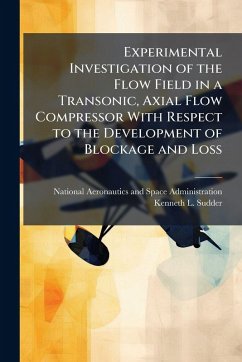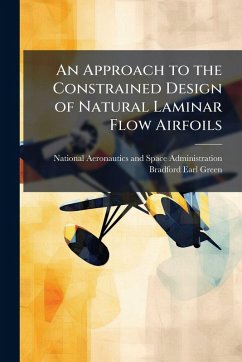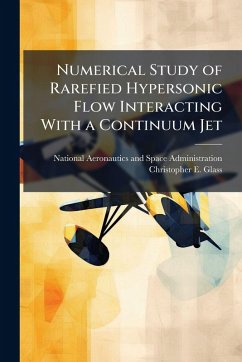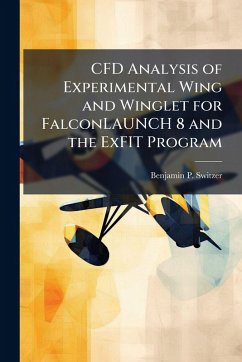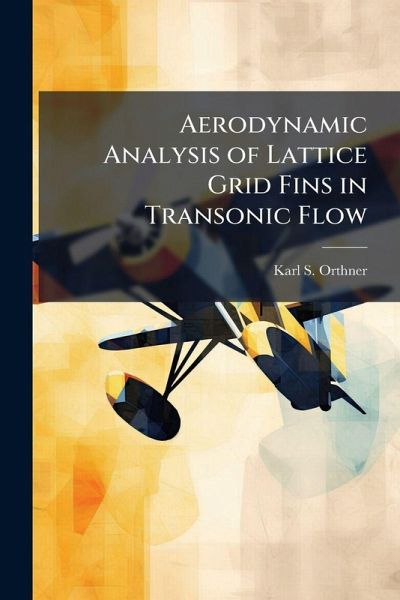
Aerodynamic Analysis of Lattice Grid Fins in Transonic Flow
Versandkostenfrei!
Versandfertig in über 4 Wochen
17,99 €
inkl. MwSt.
Weitere Ausgaben:

PAYBACK Punkte
9 °P sammeln!
Lattice grid fins have been studied for missile tail control for several years. A lattice grid fin can be described as an unconventional missile control surface comprised of an outer frame supported by an inner lattice grid of lifting surfaces. This unconventional fin design offers favorable lift characteristics at high angle of attack as well as almost zero hinge moments allowing the use of small and light actuators. In addition, they promise good storability for potential tube-launched and internal carriage dispenser-launched applications. The drawback for the lattice grid fins is the high d...
Lattice grid fins have been studied for missile tail control for several years. A lattice grid fin can be described as an unconventional missile control surface comprised of an outer frame supported by an inner lattice grid of lifting surfaces. This unconventional fin design offers favorable lift characteristics at high angle of attack as well as almost zero hinge moments allowing the use of small and light actuators. In addition, they promise good storability for potential tube-launched and internal carriage dispenser-launched applications. The drawback for the lattice grid fins is the high drag and potentially poor radar cross section performance produced by this unconventional control surface configuration. Current research at the United State Air Force's Aeroballistic Research Facility (ARF) at Eglin Air Force Base in Florida has indicated there is a critical transonic Mach number where normal shock waves are believed to be present within some of the grid cells. At this particular Mach number, there is a dynamic instability with severe variations of the pitch moment coefficient. A computational fluid dynamics (CFD) study was conducted to investigate these findings and elucidate the flowfield in the grid fin region. The missile model was numerically modeled in Gridgen and computational tests were run in Fluent. Finally, another fin configuration was developed that produced less drag and similar dynamic stability than the other lattice grid fin configurations tested. This work has been selected by scholars as being culturally important, and is part of the knowledge base of civilization as we know it. This work was reproduced from the original artifact, and remains as true to the original work as possible. Therefore, you will see the original copyright references, library stamps (as most of these works have been housed in our most important libraries around the world), and other notations in the work. This work is in the public domain in the United States of America, and possibly other nations. Within the United States, you may freely copy and distribute this work, as no entity (individual or corporate) has a copyright on the body of the work. As a reproduction of a historical artifact, this work may contain missing or blurred pages, poor pictures, errant marks, etc. Scholars believe, and we concur, that this work is important enough to be preserved, reproduced, and made generally available to the public. We appreciate your support of the preservation process, and thank you for being an important part of keeping this knowledge alive and relevant.



